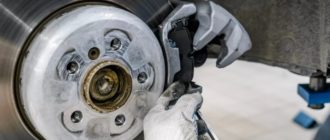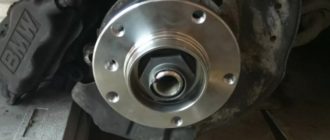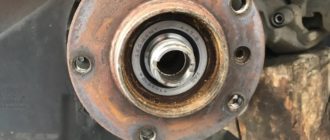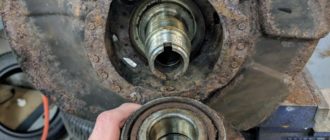The braking system in every vehicle plays a crucial role as it ensures the safe use of the car. Since the process of replacement is not complicated, most car enthusiasts prefer to change the brake fluid in BMW cars on their own.
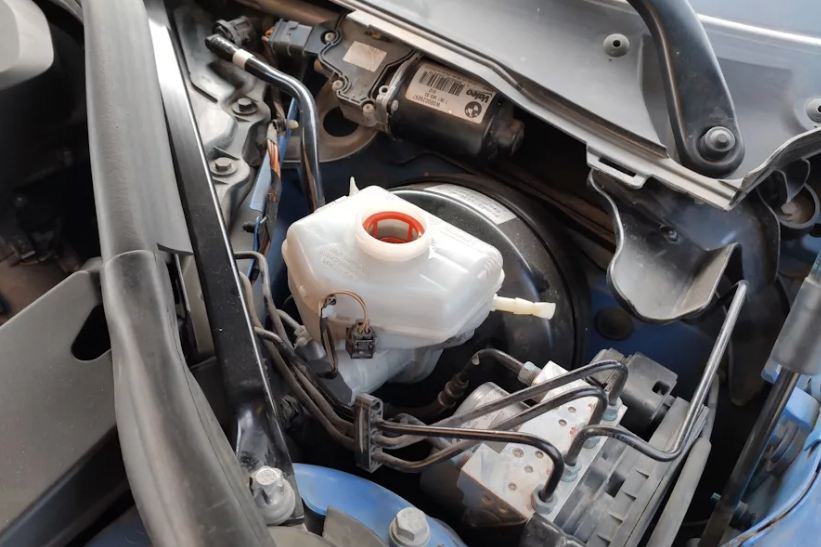
Reasons for the necessity of changing brake fluid
The brake fluid operates at elevated temperatures, sometimes reaching up to 150 degrees during city driving. When driving off-road or in a sporty manner, the temperature can rise even higher, which should also be taken into account.
Modern varieties can easily withstand temperatures of up to 200 degrees. They only start to boil once the temperature reaches 200 degrees.
If timely replacement is ensured, this information will be seen as theoretical, but the temperature regime threshold will decrease annually, as the fluid has the property of absorbing moisture.
This leads to the boiling point being at around 140-150 degrees in the presence of at least 2% moisture, rather than 250 degrees. The appearance of air bubbles disrupting the braking system is noted when it boils.
Replacement period
This parameter is solely regulated by mileage. It is advisable to address this issue once every 2-3 years or after covering 40-50 thousand kilometers. BMW vehicles use DOT4 brake fluid.
Replacing brake fluid in BMW E70
Before commencing work, ensure compliance with the general vehicle operating guidelines and remove the heater partition.
When performing replacement or repair work on the following components in BMW E70, precise adherence to the operating manual is necessary:
- Main brake cylinder;
- Hydraulic unit;
- Parts or pipes connecting them;
- Pump for priming.
After working on the latter, only the braking system circuit on the wheels at the front of the car needs to be bled. Before flushing the braking system, a single activation of the priming pump via the diagnostic information system should be carried out.
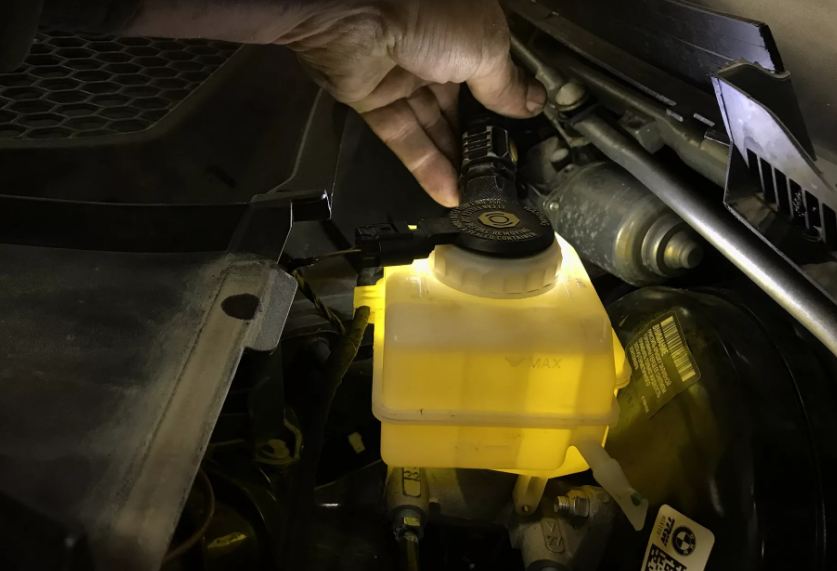
- Connection of the BMW diagnostic information system;
- Selection of a special function to bleed the hydraulic unit;
- Attachment of the device to the main cylinder reservoir and activation of the entire system.
During this process, full compliance with the manufacturer's operating manual is essential, and the pressure level should not exceed 2 bar.
Full bleeding
One end of the hose is placed in a container for collecting fluid, while the other end is attached to the bleeder screw at the rear right wheel. The screw is loosened, and the hydraulic drive is bled until fluid without air bubbles flows out. Then, the screw should be tightened. This operation is repeated on all other wheels.
Rear wheels
One end of the hose is connected to the collection vessel, while the other is fitted to the caliper bleeder screw. With the diagnostic information system, the brake circuit is bled until no air bubbles are present. The screw is tightened, and the process is repeated on the other wheel.
Front wheels
The first three steps here are identical to bleeding for the rear wheels. However, after bleeding using the diagnostic information system, the brake pedal should be pressed five times.
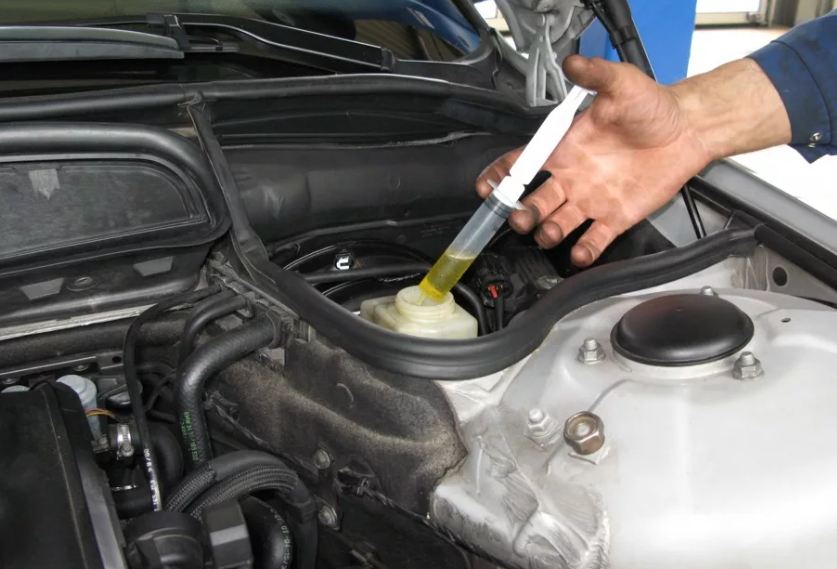
There should be no air bubbles in the fluid being drained. After repeating the process for the second front wheel, the replacement device should be disconnected from the reservoir, the brake fluid level checked, and the reservoir closed.
Replacing brake fluid in BMW E90
The following equipment is required for the work:
- Spanner to remove the air removal screw;
- Transparent plastic hose with a diameter of 6 mm and a container for collecting used brake fluid;
- Approximately one liter of new brake fluid.
When using brake fluid, safety rules must be followed.
Removing air from the system of BMW E90 is usually done in a service station using a special device that pressurizes it into the system at 2 bar. This operation can be done by oneself, where a helper needs to press the brake pedal several times to release excess air from the system.
Initially, air should be removed from the rear right caliper, then the rear left, front right, and finally, the front left. During the work, it is essential to monitor that the fluid level does not drop below the required level and top it up as needed.
Once the reservoir cap is closed, the attachment of the brake system hoses, the tightening of the air release screws, and the sealing (with the engine running) should be checked.

